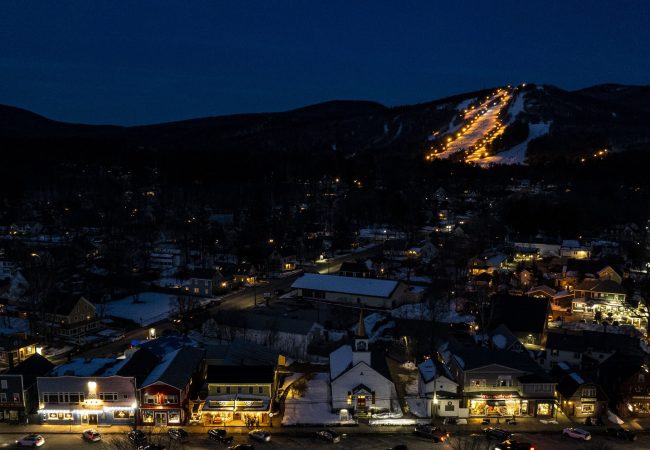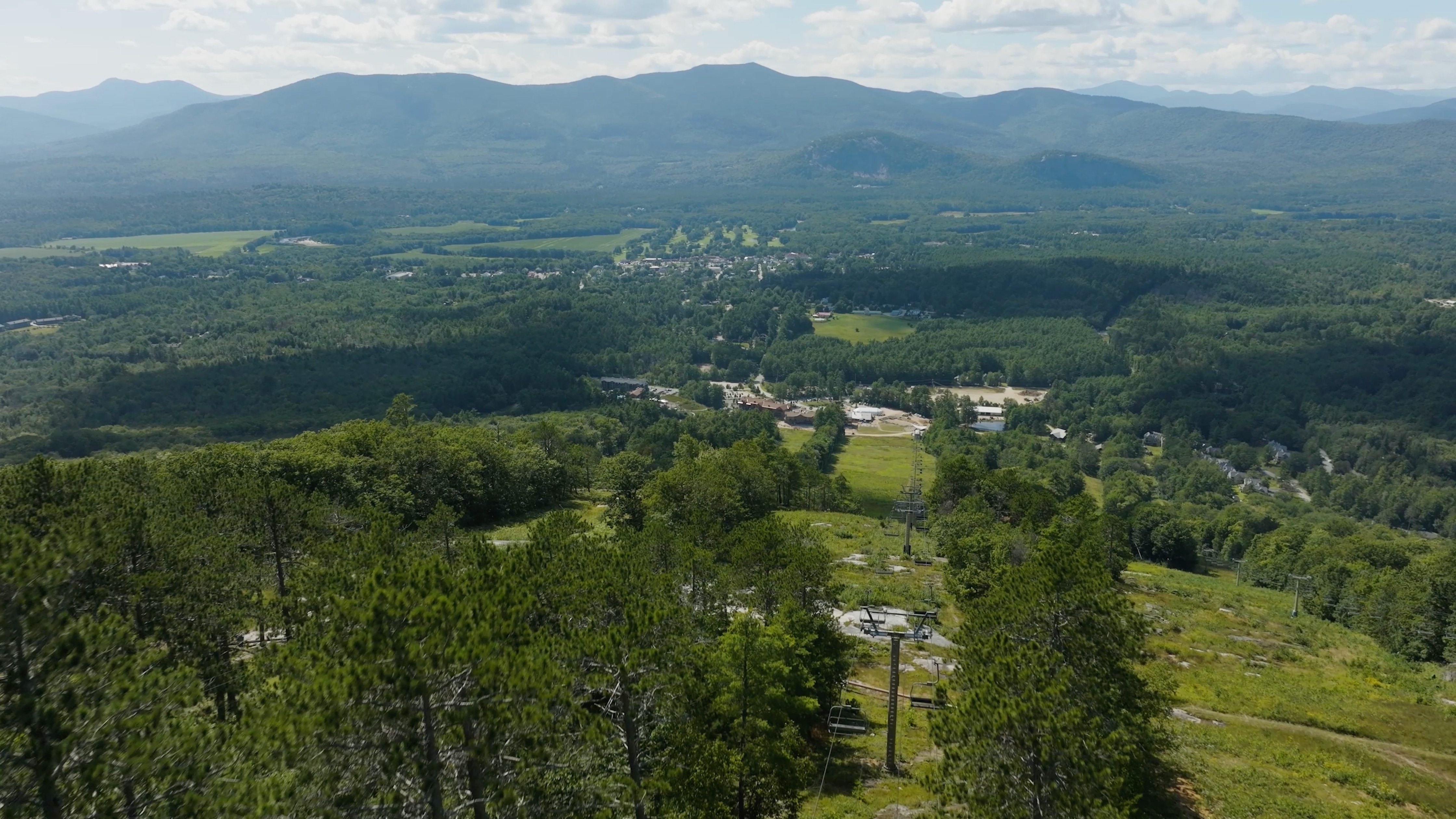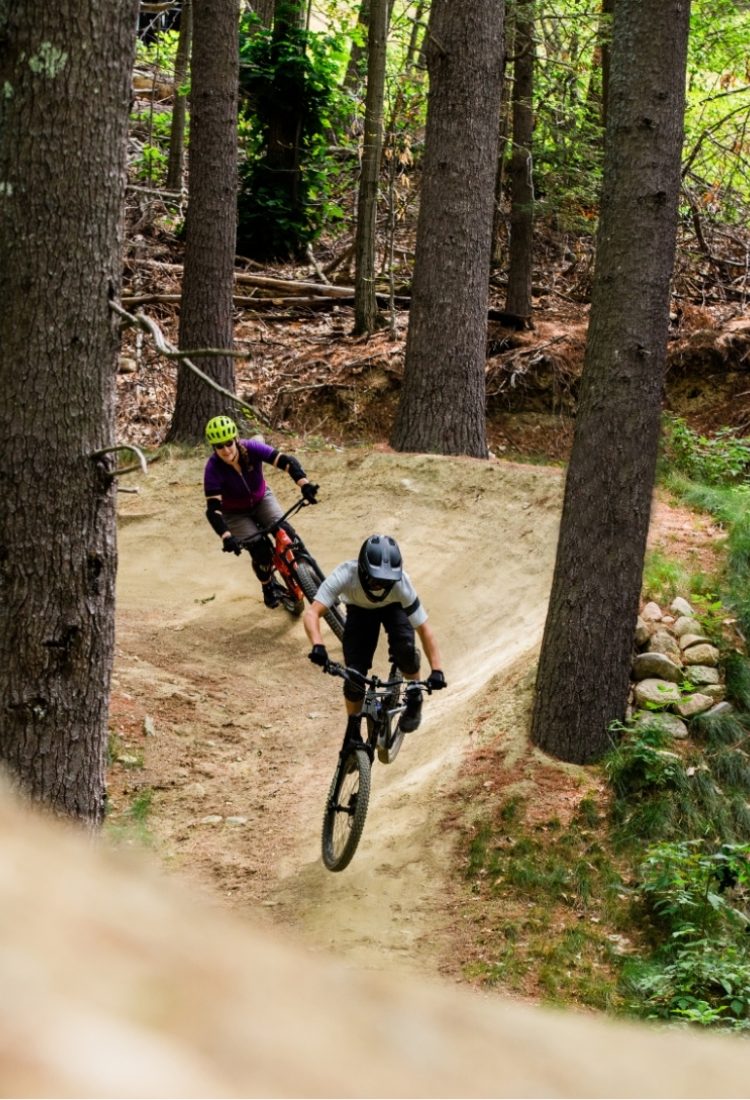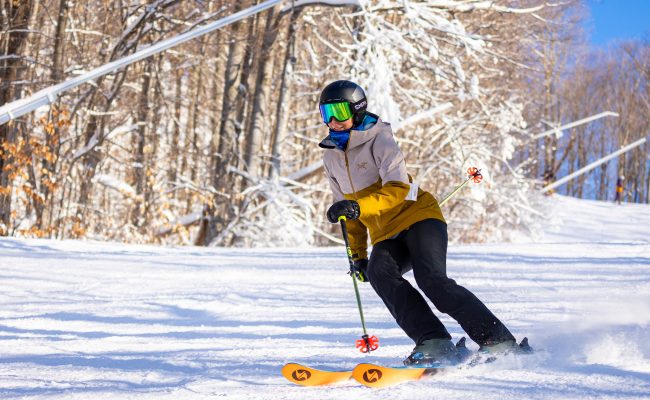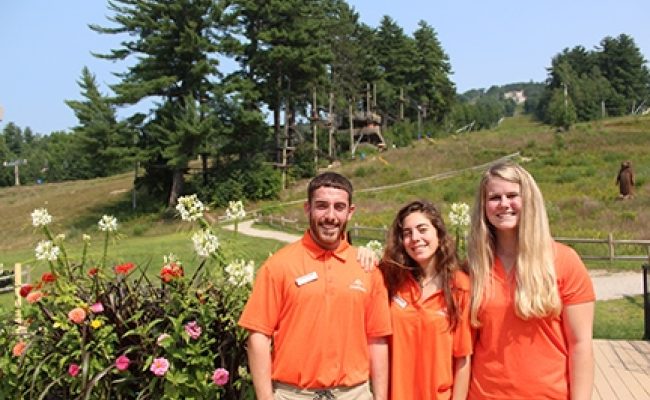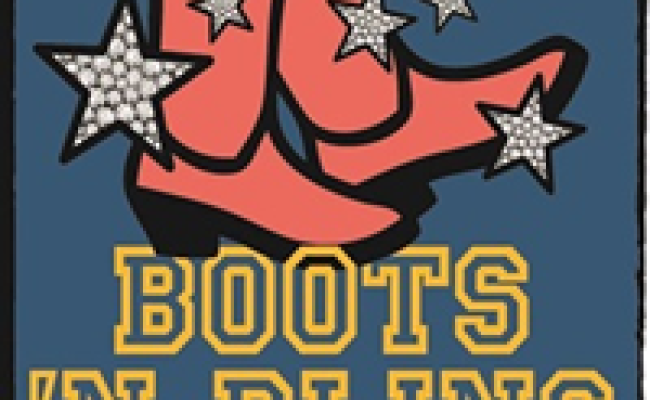WHERE FAMILIES GATHER
and adventure begins
As the background of North Conway, Cranmore Mountain Resort is a basecamp for the curious to forge their next adventure, introducing generations to the joys of mountain living. At Cranmore, adventure is a feeling all its own.
